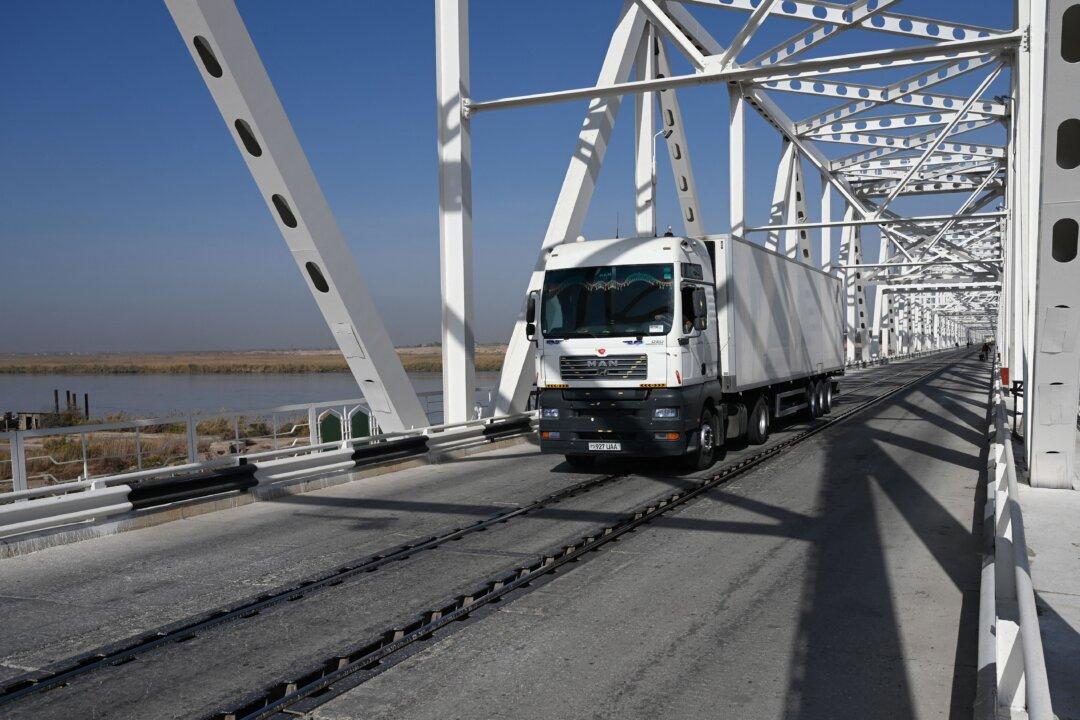With international aid to Afghanistan largely cut off, the Special Inspector General for Afghanistan Reconstruction (SIGAR) has released a report painting a dire picture of the country’s economic prospects since the Taliban took over.
SIGAR’s Oct. 30 quarterly report—the first since the collapse of the U.S.-supported government in Afghanistan—provides a broad overview of Afghanistan’s economic situation, as well as the agency’s activity over the past three months.




